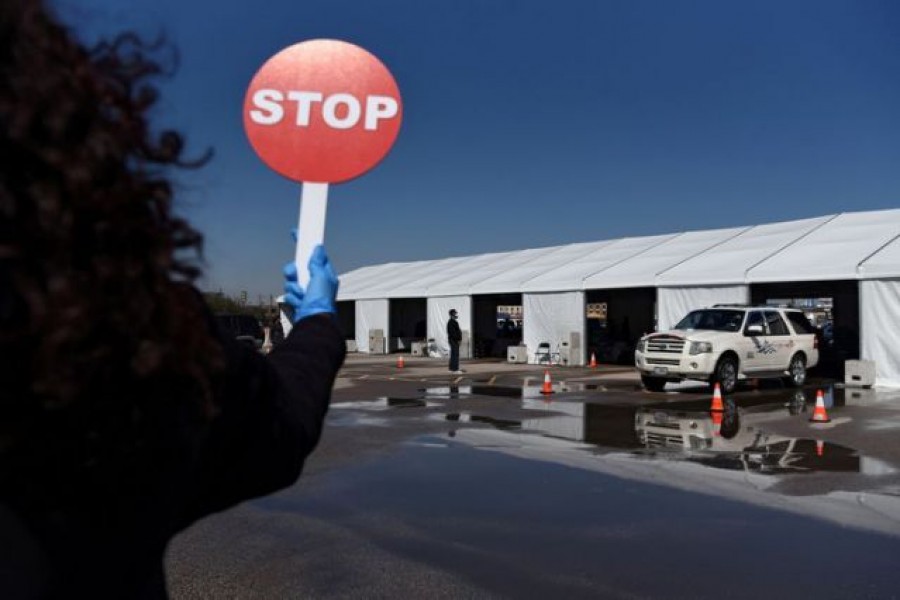Texas doctor Natasha Kathuria has practiced medicine in 11 countries, worked through the 2014 “Snowmageddon” storm that ground Atlanta to a halt, and survived the past year’s COVID-19 pandemic crush.
But Kathuria and some other doctors in Texas are saying they have never seen a more harrowing week than this one.
Record-setting cold weather has cut water and grid energy supplies to hospitals across a wide swath of Texas. Electricity and water services were resuming, but many homes and some hospitals still did not have either on Friday. Half the state’s population was under a “must-boil” order to ensure water is safe.
“We’re overwhelmed, way more than we’ve been with COVID,” said Kathuria, who works in several Austin-area emergency rooms. “This system failure has completely rocked us in our ERs - and in our own homes.”
Many hospital staffers have stayed in the medical facilities all week - knowing there was no heat or water at home. At least hospitals have generators for basic electricity. Some had water hauled in to fill tanks or hired water tankers. Others had running but not potable water.
Doctors in Austin, Houston and the Dallas area called the lack of water their biggest problem. Dialysis machines do not work without water, surgery equipment cannot be sterilized, and hands cannot be washed.
Dr Neil Gandhi, an emergency room physician and the regional medical director for the ER departments at Houston Methodist’s seven hospitals in the area, said those facilities were at 90 per cent operating capacity by Friday afternoon. Earlier in the week, two were able to take only emergency patients, Gandhi added.
“On top of the COVID pandemic, this has been a dual trauma event for both our patients and our providers,” Gandhi said.
Ambulances struggled to reach people on roads that were not cleared because Texas cities have few snow plows and not nearly enough salt on hand. Doctors in stand-alone emergency care locations who routinely call the 911 emergency number for ambulances to transfer patients to hospitals had to wait more than nine hours for any to arrive - if they were available at all.
Gandhi said that in Houston this week there were times when entire neighborhoods simply did not have any emergency medical services.
Hospitals set up portable toilets. Inside, patient’s toilets were flushed by tossing in a bucket of water. Less critical dialysis patients delayed treatment, while others limited their time on machines.
Rural hospitals across Texas were not only trying to treat patients under tough conditions, but also serving as de facto “warming centers” for the healthy, said John Henderson, president of the Texas Organization of Rural and Community Hospitals.
Even with warmer weather forecast for next week there could still be a sea of broken water pipes and other damage.
“We worried that when the sun comes out and the temperature goes up,” Kathuria said, “that it’s not necessarily the end in sight.”


